Common Shelduck
Posted: Mon May 21, 2012 6:16 pm
Common Shelduck Tadorna tadorna
Order: Anseriformes. Family: Anatidae
Description
58–67 cm. The common shelduck resembles a small short-necked goose in size and shape. It is a striking bird, with a reddish-pink bill, pink feet, a white body with chestnut patches and a black belly, and a dark green head and neck. The wing coverts are white, the primary remiges black, and the secondaries green (only showing in flight) and chestnut. The underwings are almost entirely white. Sexes are similar, but the female is smaller, with some white facial markings, while the male is particularly crisply colored in the breeding season, his bill bright red and bearing a prominent knob at the forehead.
Ducklings are white, with black cap, hindneck and wing and back patches. Juveniles are similarly colored, greyish above and mostly white below, but already have the adult's wing pattern.
Distribution
Introduced to South Africa. Breeds in coastal NW Europe (occasionally N to Iceland) and scattered Mediterranean sites (formerly S to Algeria) E through W & C Asia to NE China (Inner Mongolia), and S to Jordan (irregular breeder), Iran and Afghanistan; winters S to N Africa (very locally W Africa), Middle East, Pakistan, N India, Bhutan, Bangladesh and S China.
Habitat
The Common Shelduck frequents estuaries and mudflats, shores of salt and brackish water lakes, and usually occurs only in salt water, mainly in Europe.
Diet
The Common Shelduck feeds on aquatic invertebrates such as molluscs, insects and crustaceans. In NW Europe, it takes salt-water snails (Hydrobia ulvae). But small fish, worms and plant materials are taken too.
It forages in shallow water by upending and head-dipping, and mostly by digging, scything and dabbling on mudflats.
Breeding
The breeding season starts in April/June. They can breed in isolated pairs or in small groups. The female chooses the nest-site, accompanied by the male. They nest in cavities in hollow trees or in burrows dug by rabbits. The nest is made with grass and moss, and is lined with down. The female lays 8-10 creamy-white eggs. The incubation lasts 29-31 days by the female alone, while the male remains in the close vicinity of the nest. The chicks leave the nest very soon after hatching, and sometime have to walk some distance to reach the water. Both parents lead them to the feeding areas and defend them against predators. The chicks of a colony often form crèches where some adults guard them. They fledge about 45-50 days after hatching, and are independent as soon as they can fly.
Order: Anseriformes. Family: Anatidae
Description
58–67 cm. The common shelduck resembles a small short-necked goose in size and shape. It is a striking bird, with a reddish-pink bill, pink feet, a white body with chestnut patches and a black belly, and a dark green head and neck. The wing coverts are white, the primary remiges black, and the secondaries green (only showing in flight) and chestnut. The underwings are almost entirely white. Sexes are similar, but the female is smaller, with some white facial markings, while the male is particularly crisply colored in the breeding season, his bill bright red and bearing a prominent knob at the forehead.
Ducklings are white, with black cap, hindneck and wing and back patches. Juveniles are similarly colored, greyish above and mostly white below, but already have the adult's wing pattern.
Distribution
Introduced to South Africa. Breeds in coastal NW Europe (occasionally N to Iceland) and scattered Mediterranean sites (formerly S to Algeria) E through W & C Asia to NE China (Inner Mongolia), and S to Jordan (irregular breeder), Iran and Afghanistan; winters S to N Africa (very locally W Africa), Middle East, Pakistan, N India, Bhutan, Bangladesh and S China.
Habitat
The Common Shelduck frequents estuaries and mudflats, shores of salt and brackish water lakes, and usually occurs only in salt water, mainly in Europe.
Diet
The Common Shelduck feeds on aquatic invertebrates such as molluscs, insects and crustaceans. In NW Europe, it takes salt-water snails (Hydrobia ulvae). But small fish, worms and plant materials are taken too.
It forages in shallow water by upending and head-dipping, and mostly by digging, scything and dabbling on mudflats.
Breeding
The breeding season starts in April/June. They can breed in isolated pairs or in small groups. The female chooses the nest-site, accompanied by the male. They nest in cavities in hollow trees or in burrows dug by rabbits. The nest is made with grass and moss, and is lined with down. The female lays 8-10 creamy-white eggs. The incubation lasts 29-31 days by the female alone, while the male remains in the close vicinity of the nest. The chicks leave the nest very soon after hatching, and sometime have to walk some distance to reach the water. Both parents lead them to the feeding areas and defend them against predators. The chicks of a colony often form crèches where some adults guard them. They fledge about 45-50 days after hatching, and are independent as soon as they can fly.
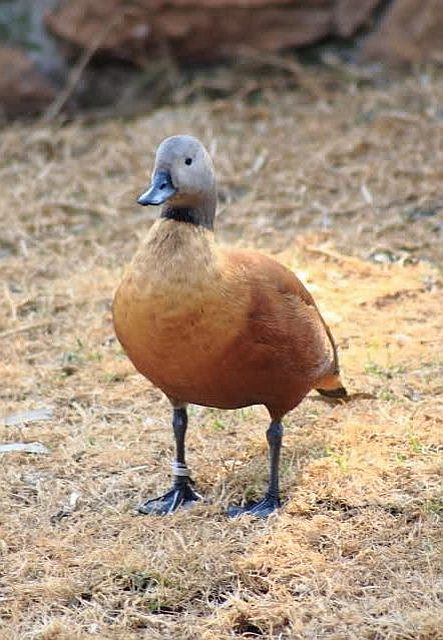 © Flutterby
© Flutterby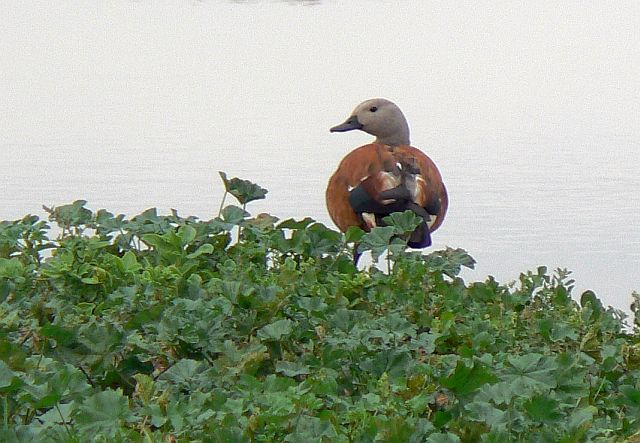 © Toko
© Toko © BluTuna
© BluTuna © Toko
© Toko © PJL
© PJL © nan
© nan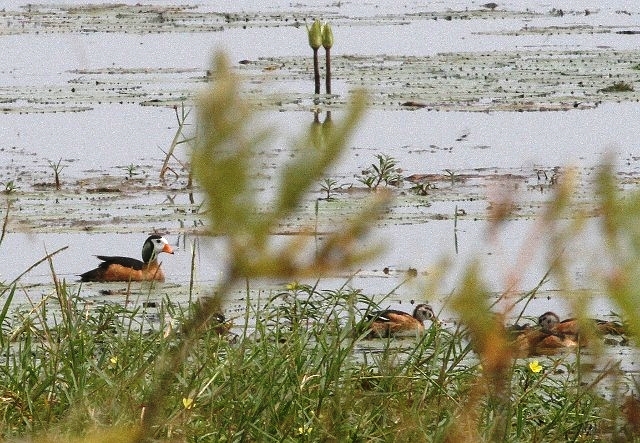 © nan
© nan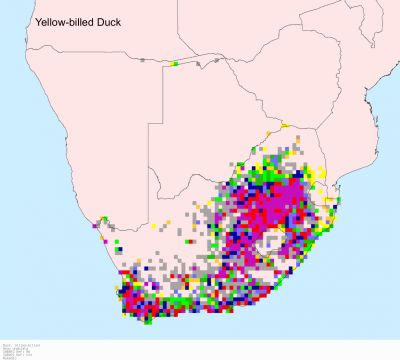
 © Peter Connan
© Peter Connan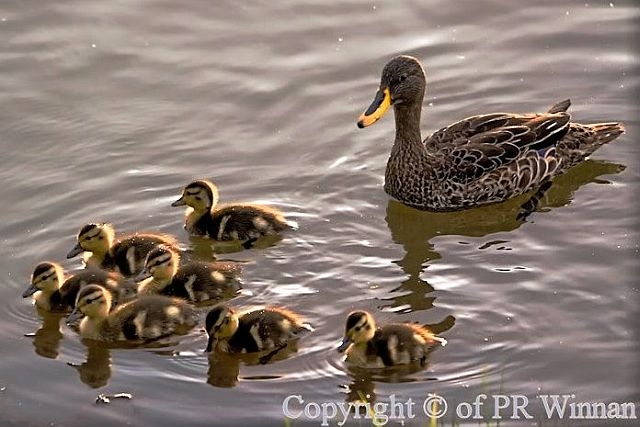 © PRWIN
© PRWIN © Flutterby
© Flutterby © Flutterby
© Flutterby © steamtrainfan
© steamtrainfan © Duke
© Duke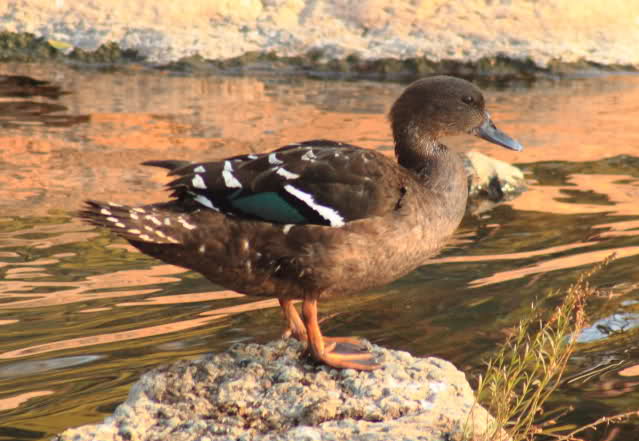
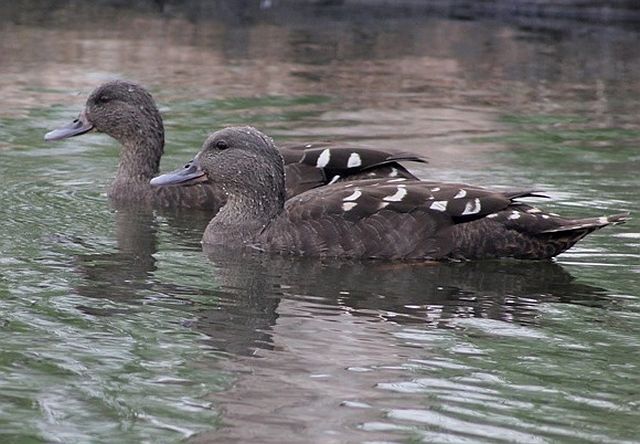 © Amoli
© Amoli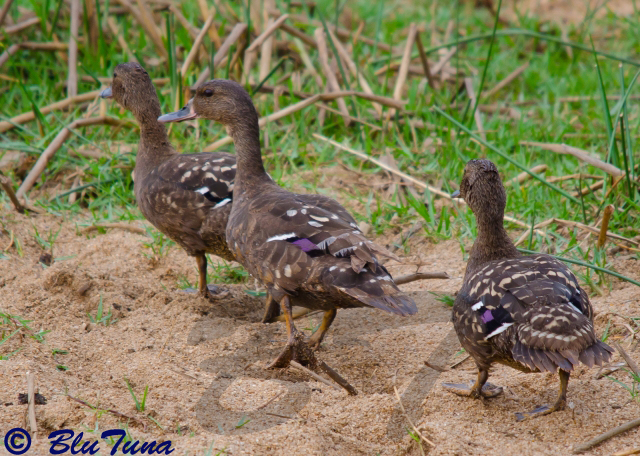 © BluTuna
© BluTuna